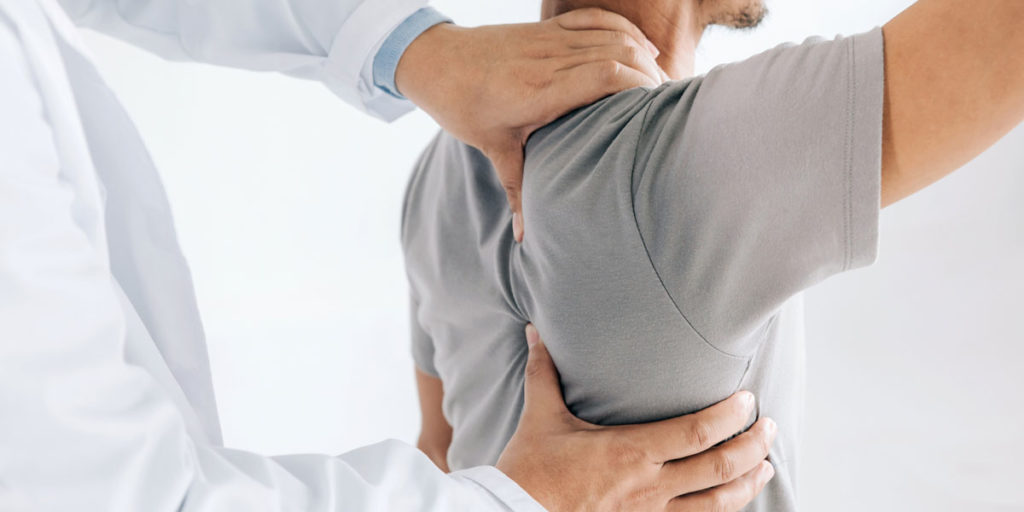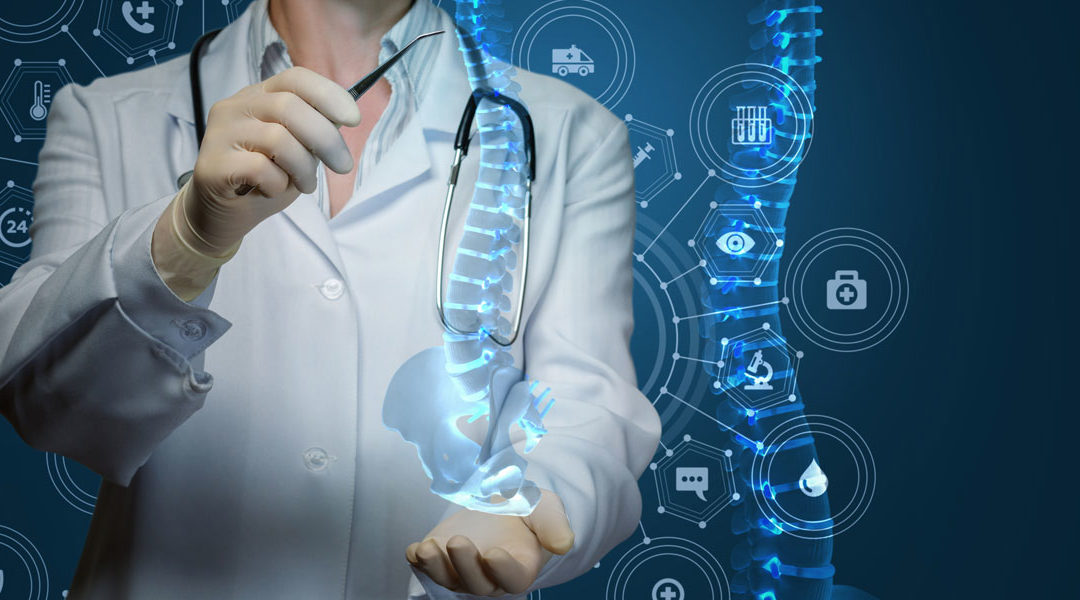Nearly 65 million Americans suffer from some amount of back pain and about 16 million of them–approximately 8% of the adult population–experience chronic back pain. Back pain is considered the sixth most costly condition in the US, with health care and indirect costs racking up over $12 billion per year. Of course, even other pains go through the central nervous system (CNS) to your brain, so what can you do about it? Spinal cord stimulation (SCS) is a neuromodulation process that helps block pain signals and helps avoid back surgery. How does it work? Let’s investigate.
Click Here to Read: Treating Back and Neck Pain Without Surgery
Spinal cord stimulation therapy acts as a mask for pain signals before reaching the brain. A device consisting of thin wires (electrodes) and a battery pack (generator)–fittingly called a spinal cord stimulator–delivers electrical pulses to the spinal cord via the electrodes, which carry the signals to the nerve fibers in the spinal cord. When turned on, this stimulates the area in your brain which processes the pain.
Spinal cord stimulation doesn’t completely negate the pain signals, though; instead, they replace the sensation of pain with light tingling called paresthesia.

Back pain can be debilitating, spinal cord stimulation therapy can help to mask that pain and get you back to the life you love.
Patients who are considered for SCS have generally had chronic pain for a year or more, which has a physical or emotional impact. As the correct medical diagnosis and pain is understood, the psychological impact can be evaluated. The idea is not only to find out if patients are good candidates for the treatment, but to also support them throughout the treatment process.
Implanting the device is a complex–though minimally invasive–process. It involves two stages. In the first stage, the doctor guides a hollow needle into the space above the spinal canal to create a passage. One or more leads carrying a small electrical contact are threaded through to deliver a mild current. Your doctor will ask you for feedback as s/he positions the electrodes until the painful area is covered by the tingling sensation (parasthesia). Once the position is decided, the leads are secured in place.
After about a week of therapy, a patient may choose to continue treatment with a more permanent system; this is the second stage. Should the patient choose to have the permanent SCS option, a power source about the size of a watch is implanted under the skin. This device is called the implantable pulse generator or IPG. The IPG is made up of the battery, microprocessor, and feed-through connections within a titanium casing. There are a few types of power sources: the primary cell (non-rechargeable) and rechargeable battery. Finally, a third type of device has no battery but can be powered by either induction or megahertz.
The results of SCS depend on careful patient selection, successful trial stimulation, proper surgical technique, and patient education. Stimulation does not cure the condition causing your pain, it only helps manage the pain. However, SCS is considered successful if pain is reduced by at least half. If not, SCS therapy is reversible–the whole system can be removed.


